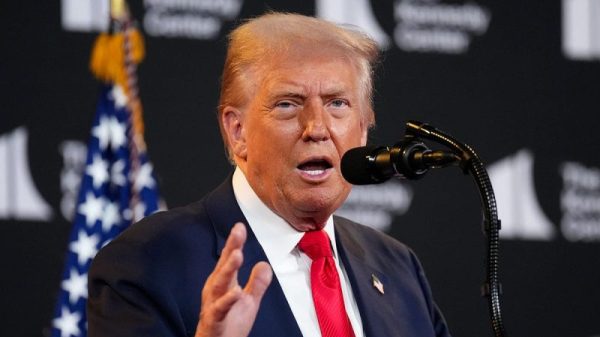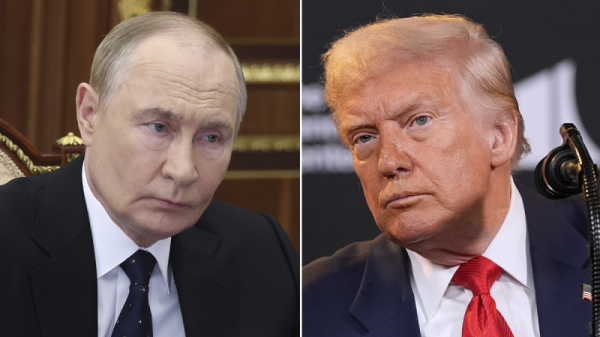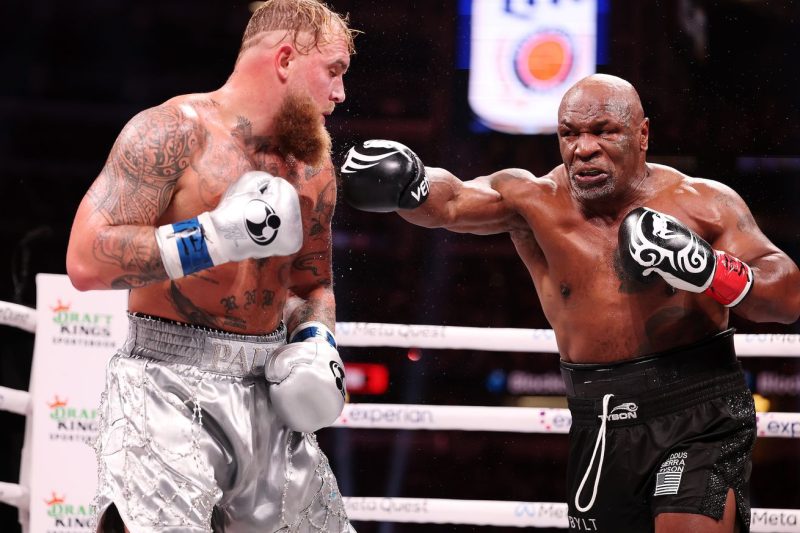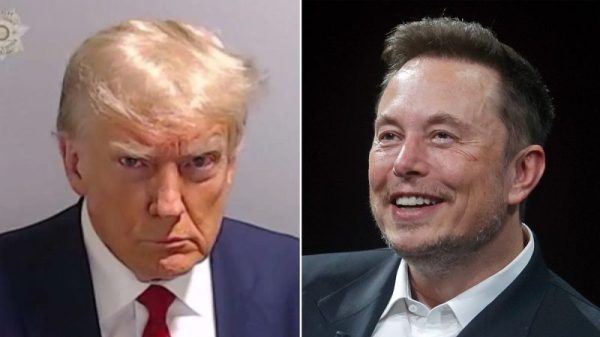In a surprising move, Netflix recently offered the highly-anticipated Tyson vs. Paul fight to an impressive 60 million households. This collaboration marked a significant shift in the streaming giant’s content strategy, which traditionally focused on movies, TV series, and original programming.
The Tyson vs. Paul fight, featuring renowned boxer Mike Tyson squaring off against YouTube sensation turned boxer Jake Paul, generated immense buzz and excitement among fans across the globe. The fight was originally available through pay-per-view, but Netflix’s decision to stream the event to millions of subscribers added a new layer of convenience and accessibility for viewers.
One of the key advantages of Netflix’s move was the sheer reach that the streaming platform provided. With a massive subscriber base spanning multiple countries, Netflix was able to tap into a vast audience that might not have otherwise watched the fight. This strategy not only expanded the event’s viewership but also opened up new revenue streams for both Netflix and the event organizers.
Moreover, by streaming the Tyson vs. Paul fight, Netflix showcased its ability to rapidly adapt to market trends and capitalize on cultural phenomena. The decision to offer live sports content signaled Netflix’s willingness to experiment with new forms of entertainment beyond traditional TV shows and movies. This innovative approach could pave the way for future collaborations between streaming services and sports organizations, leading to a more diverse and engaging content landscape for consumers.
Additionally, Netflix’s foray into live sports broadcasting could have broader implications for the streaming industry as a whole. As competition intensifies among streaming platforms, the inclusion of live events such as sports matches could become a crucial differentiator in attracting and retaining subscribers. By entering this space, Netflix not only diversified its content offerings but also demonstrated its readiness to stay ahead of the curve in a rapidly evolving media landscape.
Overall, Netflix’s decision to stream the Tyson vs. Paul fight to 60 million households exemplifies the platform’s versatility and forward-thinking approach to content distribution. By recognizing the appeal of live sports and adapting its strategy accordingly, Netflix has positioned itself as a dynamic player in the streaming industry, capable of engaging audiences in new and exciting ways. This bold move not only benefited fans of boxing but also set a precedent for future collaborations between streaming services and sports organizations.


































